Samsung Galaxy Gear Review
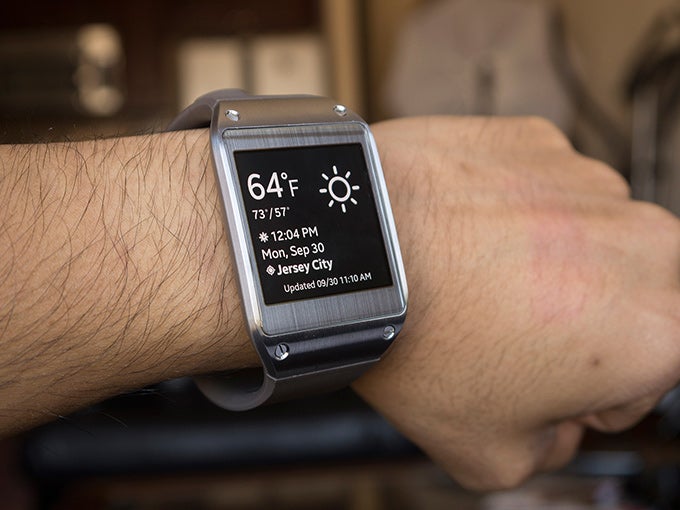
Introduction:
Over the past year, we’ve seen Samsung go deeper than any other manufacturer when it comes to diversifying its line of smartphone related products. Diving into yet another totally new segment, the smartwatch one, the Samsung Galaxy Gear is looking to take the field by storm – as it’s one of the first to take a swing at the market. It’s an interesting little gadget, since it combines the timeless function of a watch with the depth of features in a smartphone – so we’re intrigued by this peculiar concoction. It seems practical, but is it really?
Before we begin, it's worth mentioning that, at first, the only device that the Galaxy Gear will be usable with will be the Galaxy Note 3. Samsung is expected to roll out software updates that will enable the Gear to work with the Galaxy S4, Galaxy S III and Galaxy Note II.
The package contains:
Whoever designed the Samsung Galaxy Gear better be working on a smartphone next for the Korean giant, seeing that it’s considerably more premium than any of Sammy’s own smartphones and tablets. It could’ve been a toyish looking watch, but the folks behind the design gave the Galaxy Gear a very pleasant and sophisticated look. Although the majority of the body is made out of this sturdy plastic material, the front casing is actually comprised out of stainless steel, which is further accented by the bolted screws on the corners of its casing. Obviously, there’s no arguing the level of premium that’s attached to it.
Getting the same love as its flagship smartphones, the Galaxy Gear is outfitted with a 1.63-inch 320 x 320 Super AMOLED capacitive display. Yes, we’ll point out that it’s a tiny thing when compared to smartphone displays, but for a smartwatch, it seems to be the right size actually. Heck, it’s pretty detailed for its size too – enabling us to even read emails with little difficulty from a normal distance away.
Utilizing AMOLED technology, it naturally exudes all the distinctive characteristics we all know and love - it has that pitch black tone, colors have an over-saturated nature, and its viewing angles are simply superb. Sadly, the display is difficult to view outdoors with the sun present. Certainly, “outdoor” mode helps to give us better contrast outside, but the same end results continue to persist.
Interacting with the display is a hit or miss experience, seeing that it sometimes has a delayed response with certain actions. Swiping between the homescreen is pretty intuitive and straightforward, but pinch zooming or double tapping the screen sometime requires multiple tries to get right.
Before we begin, it's worth mentioning that, at first, the only device that the Galaxy Gear will be usable with will be the Galaxy Note 3. Samsung is expected to roll out software updates that will enable the Gear to work with the Galaxy S4, Galaxy S III and Galaxy Note II.
The package contains:
- microUSB cable
- Wall Charger
- Documentation
- Cradle adapter
Design:
Whoever designed the Samsung Galaxy Gear better be working on a smartphone next for the Korean giant, seeing that it’s considerably more premium than any of Sammy’s own smartphones and tablets. It could’ve been a toyish looking watch, but the folks behind the design gave the Galaxy Gear a very pleasant and sophisticated look. Although the majority of the body is made out of this sturdy plastic material, the front casing is actually comprised out of stainless steel, which is further accented by the bolted screws on the corners of its casing. Obviously, there’s no arguing the level of premium that’s attached to it.
At first glance, the thick plastic wrist strap might seem out of character, but it’s necessary because it tucks away ribbon cables that are used to connect the camera and speakerphone to the body of the watch. Depending on the color of the strap, it can either enhance the look of the Galaxy Gear, such as the darker colors, or oppositely, make it appear more toyish in nature. With our specific dark brown review unit, it perfectly accentuates the steel finish of its casing. Thankfully, the strap is adjustable to fit any sized wrist – so it doesn't feel too irritating when it’s used for a prolonged period of time.
In terms of size, it’s definitely on the big side, but then again, watch connoisseurs are probably used to watches that are even bigger than the Galaxy Gear – so there’s not much of a worry here. Overall, we’ll give Sammy credit for the design with this, seeing that it’s absolutely gorgeous looking.
Taking a look around the Galaxy Gear, there’s only a single physical button on its casing – and it’s the multi-function button on the right side of the watch. It’s raised, and has a decent amount of feedback when pressed, but its functions vary. Pressing it once turns it on, while double pressing it by default activates its S Voice feature.
Along the top section of the wrist strap, there’s a recognizable hump that tucks away its 1.9-megapixel auto-focus camera. Meanwhile, the locking mechanism of the Galaxy Gear also houses a speakerphone, which is used in conjunction with phone calls and notification tones. It’s hard to see it, but there are actually pinholes on the left and right edges of the casing. Around the back, there are 5 gold plated circles that work in conjunction with the included cradle adapter to charge the smartwatch. Indeed, we would’ve preferred seeing a microUSB cable built into the Galaxy Gear itself, but it would’ve more than likely increased its size or thickness.
We almost forgot to mention it, but the Galaxy Gear is NOT water resistant – so you really don’t want to get this wet. Knowing this, we’re a bit perplexed as to why it isn’t, seeing that watches as a whole are meant to be worn and forgotten about, unless you need to know the time of course. Meaning, we’re required to remember taking it off before showers, when washing the dishes, or simply taking a stroll if it’s lightly raining. Trust us, you don’t want to fry this one on the first day.
Display:
Getting the same love as its flagship smartphones, the Galaxy Gear is outfitted with a 1.63-inch 320 x 320 Super AMOLED capacitive display. Yes, we’ll point out that it’s a tiny thing when compared to smartphone displays, but for a smartwatch, it seems to be the right size actually. Heck, it’s pretty detailed for its size too – enabling us to even read emails with little difficulty from a normal distance away.
Utilizing AMOLED technology, it naturally exudes all the distinctive characteristics we all know and love - it has that pitch black tone, colors have an over-saturated nature, and its viewing angles are simply superb. Sadly, the display is difficult to view outdoors with the sun present. Certainly, “outdoor” mode helps to give us better contrast outside, but the same end results continue to persist.
Interacting with the display is a hit or miss experience, seeing that it sometimes has a delayed response with certain actions. Swiping between the homescreen is pretty intuitive and straightforward, but pinch zooming or double tapping the screen sometime requires multiple tries to get right.
If you’re worried about scratches diminishing the look of the Galaxy Gear, you can sleep easy knowing that it’s protected by the layer of sapphire glass over it – giving it a very slick feel to the touch.
Interface and Functionality:
Even though the software running in the Galaxy Gear is Android based, it’s fairly simplified for the small screen, so it is intuitive to navigate around and there isn’t much of a huge learning curve with it! Essentially, we swipe left and right to access some of the smartwatch’s functions, while tapping on an icon jumps us into the particular app. It features a “back” function as well, which is accomplished by swiping down from the top bezel. However, when the same gesture is applied on the homescreen with the clock screen, it actually gets us into the camera interface. Meanwhile, swiping up from the clock screen gives us the phone dialer. We really wish there was a “home“ function though, as it would lessen the hassle of using the back gesture to bring us to the homescreen.
There are also other gestures in play with the Galaxy Gear that help us to access other functions. For example, using two fingers and double tapping the screen enables us to view the battery status, Bluetooth connection status, and modify the volume and brightness settings. Meanwhile, using two fingers and long pressing anywhere on the display gets us into the Android task switching menu.
Taking a look around some of the apps on board with the Galaxy Gear, there isn’t a whole lot to find. Actually, they’re mostly comprised of basic phone-centric functions – like the phone dialer, call log, date/time/weather, notifications, and voice memo. There’s nothing out of the ordinary with any of them, seeing they all work and run in the manner that we expect. Again, it’s that premise of being straightforward that we appreciate, seeing that there’s very little hassle when trying to get around.
Samsung has done some neat things in the way the Galaxy Gear interacts with the Note 3. For starters, the “Find my device” allows the Galaxy Gear to remotely locate the Note 3 by ringing it – and vice versa too, so that either can be tracked down.
After setting it up with the Gear Manager app for Android, we’re able to customize what apps are installed on the smartwatch and access some additional “smart” features with the Galaxy Gear. At launch, there are about 80 apps available for the Gear, but this number will hopefully grow at a steady pace with time. As long as we’re within 5 feet of our Note 3, we’re able to bypass the normal lock screen seeing that it knows that the Galaxy Gear is in close proximity. Similarly, the Smart Relay feature of the Galaxy Gear helps to make the transition with notifications easier from the Galaxy Gear to the Note 3. For example, when a notification for a new text message or email pops up on the Galaxy Gear, we can simply pick up our Note 3 and it’ll automatically launch the respective app that’s tied to the notification. Now, the feature is somewhat finicky at times, but when it does work, it’s nice that it knows where to go automatically.
Going back to the notifications feature of the smartwatch, we’re somewhat dismayed that only a few of the notifications are accessed on the Galaxy Gear. To be more specific, we can read text directly on the Galaxy Gear if it’s a notification from the standard email app. However, if it’s a Gmail notification, we’re unable to view an actual message on the smartwatch, and instead, we’re required to open it up on the Note 3. The same thing applies to Facebook notifications. We are notified that there’s a notification related to Facebook, but we’re unable to actually to know/see what it is on the Galaxy Gear.
Sammy’s S Voice feature makes its way to the Galaxy Gear as well, but its functions have been whittled away to a few options. Specifically, we can use S Voice to answer phone calls, compose text messages, notify us about the weather, tell us our upcoming appointments, and even make new appointments as well, but it can’t do other extensive tasks like giving us turn-by-turn directions, movie times, or tell us who is the President of the United States of America.
In trying to compete with other health tracking devices, like the Fitbit or Nike FuelBand, the Galaxy Gear packs a pedometer app that keeps track of how many steps we take. Well, it doesn’t do it automatically, but rather, we have to initiate the start and end process. Therefore, it’s not something that the Galaxy Gear keeps track of on its own, which can be related to power consumption.
Processor and Memory:
Powered by a single core 800MHz processor coupled with 512MB of RAM, the Galaxy Gear, as expected, performs pretty smoothly. Sure, there might be some issues with touch accuracy with the display, which could appear to be closely attached to its performance, but we can vouch that it’s pretty responsive as a whole.
With 4GB of storage, it’s enough to allow us to snap photos and videos without much worry. And considering that music isn’t necessarily stored in the Galaxy Gear itself, the tally is actually sufficient to handle all our needs.
Connectivity:
Exclusively relying on its Bluetooth 4.0 radio, it’s the only way the Galaxy Gear is able to work and interact with the Galaxy Note 3. As we said in the beginning, at the moment, it’s only Sammy’s newest phablet that’s compatible to work with the smartphone – albeit, other devices like the Galaxy S4 and Note II will be included in the near future.
Camera:
Giving the Galaxy Gear a little more depth, it’s outfitted with a 1.9-megapixel camera for all our photo and video taking requests. Now, you might think this is going to be the perfect thing to secretly take photos of things/people, but don’t get too ahead of yourself because there’s no way to disable the shutter sound that’s accompanied with each shot. With the camera app itself, it’s pretty much dry of any manual controls or shooting modes. Still, we have the sound & shot feature, which allows us to snap a shot by simply speaking the word “cheese.”
By default, the camera is set to shoot photos in a 1:1 aspect ratio; 1392 x 1392 resolution to be exact. However, there’s a 1280 x 960 option too for that typical 4:3 aspect ratio. So how’s the quality? Terrible by smartphone standards, but somewhat impressive for a watch. It’s pretty light with details, which is expected, but for what it’s worth, it does a decent job as a whole. Naturally, well lit scenes produce the best looking photos – whereas as low lighting shots are more pronounced with noise.
Likewise, we can say the same thing about its video capture quality, which is offered in either 640 x 640 or 720p resolution. Whichever you end up going with, just know that capture is limited to only 15 seconds – and nothing more. Overall, it does an okay job and serves it purpose, but audio recording tends to sound a bit screechy.
Multimedia:
There’s a dedicated Gallery app on the Galaxy Gear, which enables us to swipe though photos and even zoom via pinch gestures. Once an image or video is selected, we have the option of deleting it, transferring it via Bluetooth to the Galaxy Note 3, or sharing it.
As we’ve stated earlier, music isn’t stored locally in the Galaxy Gear. Instead, it acts as the media controller for the content that’s stored in the Galaxy Note 3. In fact, we only have functions to reverse or forward a track, pause/play, and modify its volume. Unfortunately, we can’t specify what music player to run when using the media controller on the Galaxy Gear – so by default, it runs the standard TouchWiz player. Rather than streaming music to the Galaxy Gear so that it’s played through its internal speaker, the music controller only activates it on the Galaxy Note 3.
Call Quality:
Dick Tracy fans will surely adore the ability to have phone conversations on the Galaxy Gear, but quite frankly, the experience is rather disappointing. Honestly, the only time it’s usable is when we’re in a quiet area. In fact, it becomes rather difficult trying to comprehend voices in noisy environments, which doesn’t help when voices have a bit of distortion to them. Strangely, when accepting phone calls through the Galaxy Gear, the display on the Note 3 remains active – meaning, it stays on until we physically turn off the display.
Battery:
Stuffed with a pint sized 315 mAh battery, it’s yet again something that’s deemed as miniscule in contrast to smartphones. Nevertheless, we’re happy to report that we’re able to get through a solid one-day of usage with a full charge. There’s no question about it folks, it requires nightly charges.
Conclusion:
When it comes down to it, the Samsung Galaxy Gear is simply trying to do so much in such a short period of time. We’ll mention that it’s a good starting point, but it’s still very far from being perfect. Visually, the Galaxy Gear is a gorgeous looking thing – something that surprises us, especially from Samsung. At the same time, though, we still can’t get our heads over the fact that it isn’t water resistant, which means that we need to be conscious about it at all times. Also, its app support is limited at the moment, but it’s even worse knowing that the Galaxy Note 3 is the only compatible device.
Finally, the $300 cost is a bit excessive considering that you can seemingly purchase an inexpensive smartphone, buy a wearable fitness tracking gadget, and a Bluetooth headset to get almost the same experience as we would with the Galaxy Gear. Quite frankly, it still requires some tinkering in the software and experience to make it a standout offering. Maybe version 2.0 of the Galaxy Gear will be it? Unless you buy or own the Note 3, there isn’t much of a reason to pick it up right now. Like we said folks, it’s a wonderful first stab by Samsung, but it lacks direction and depth to make it a no-brainer companion.
Software version of reviewed unit: V700XXUAMII


Update: You can now read our Samsung Galaxy Watch review!

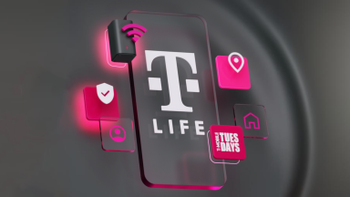

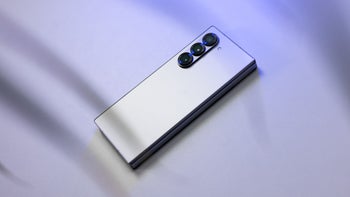
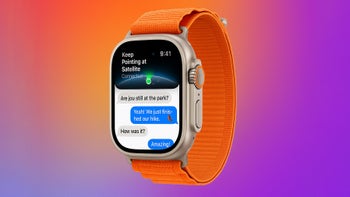
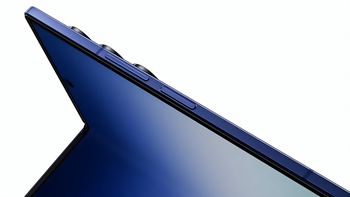
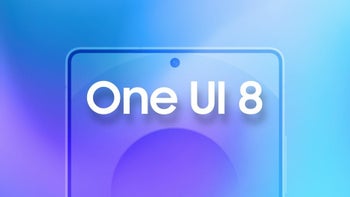

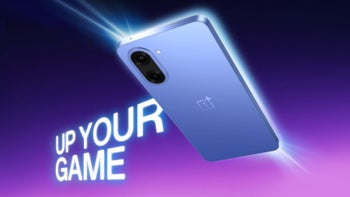
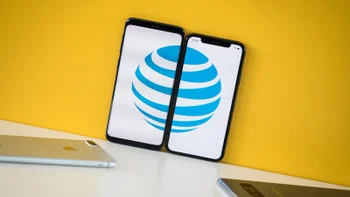

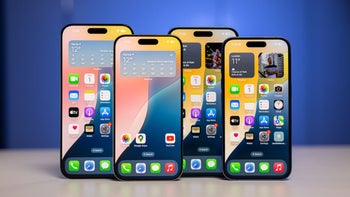
Things that are NOT allowed:
To help keep our community safe and free from spam, we apply temporary limits to newly created accounts: